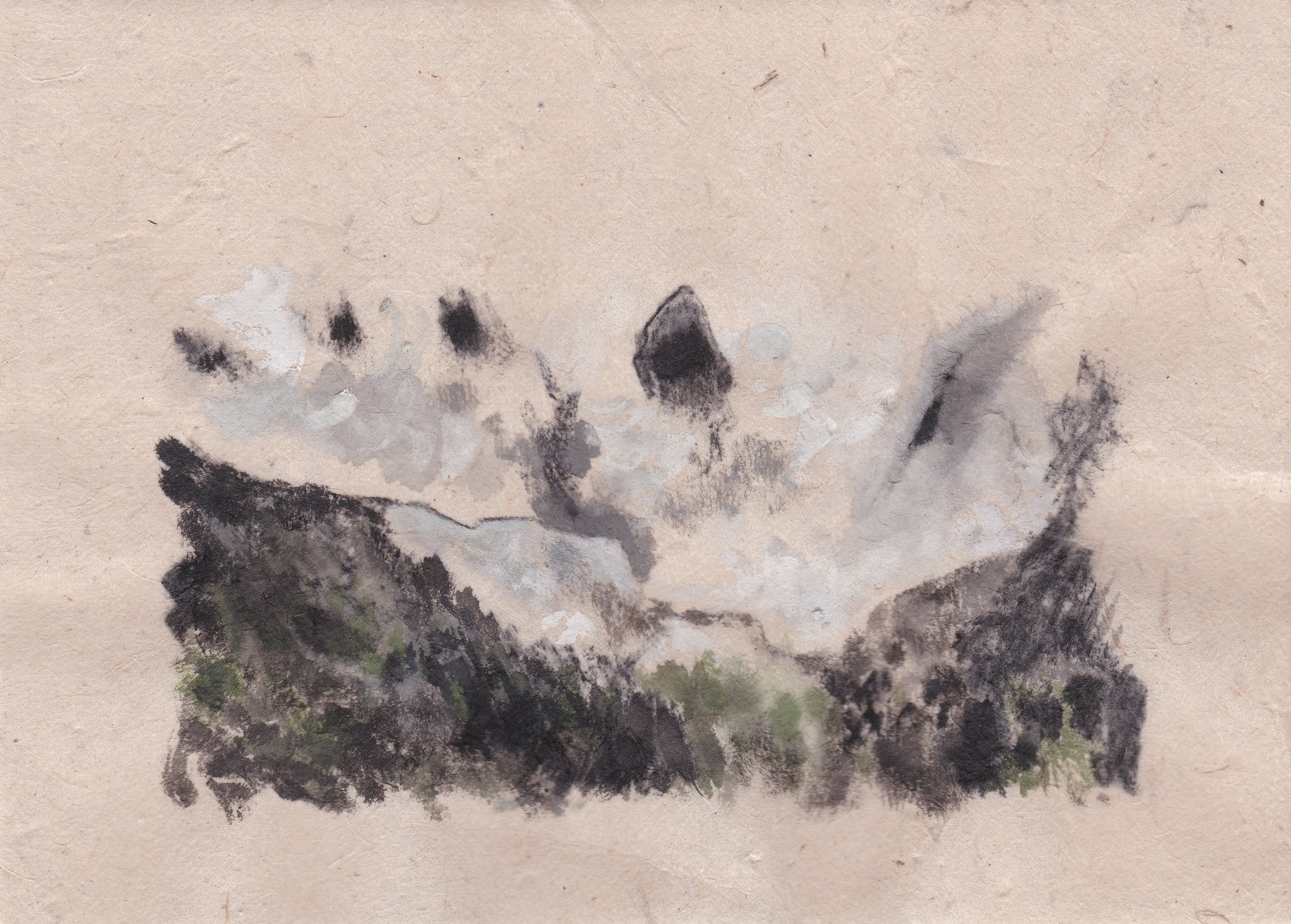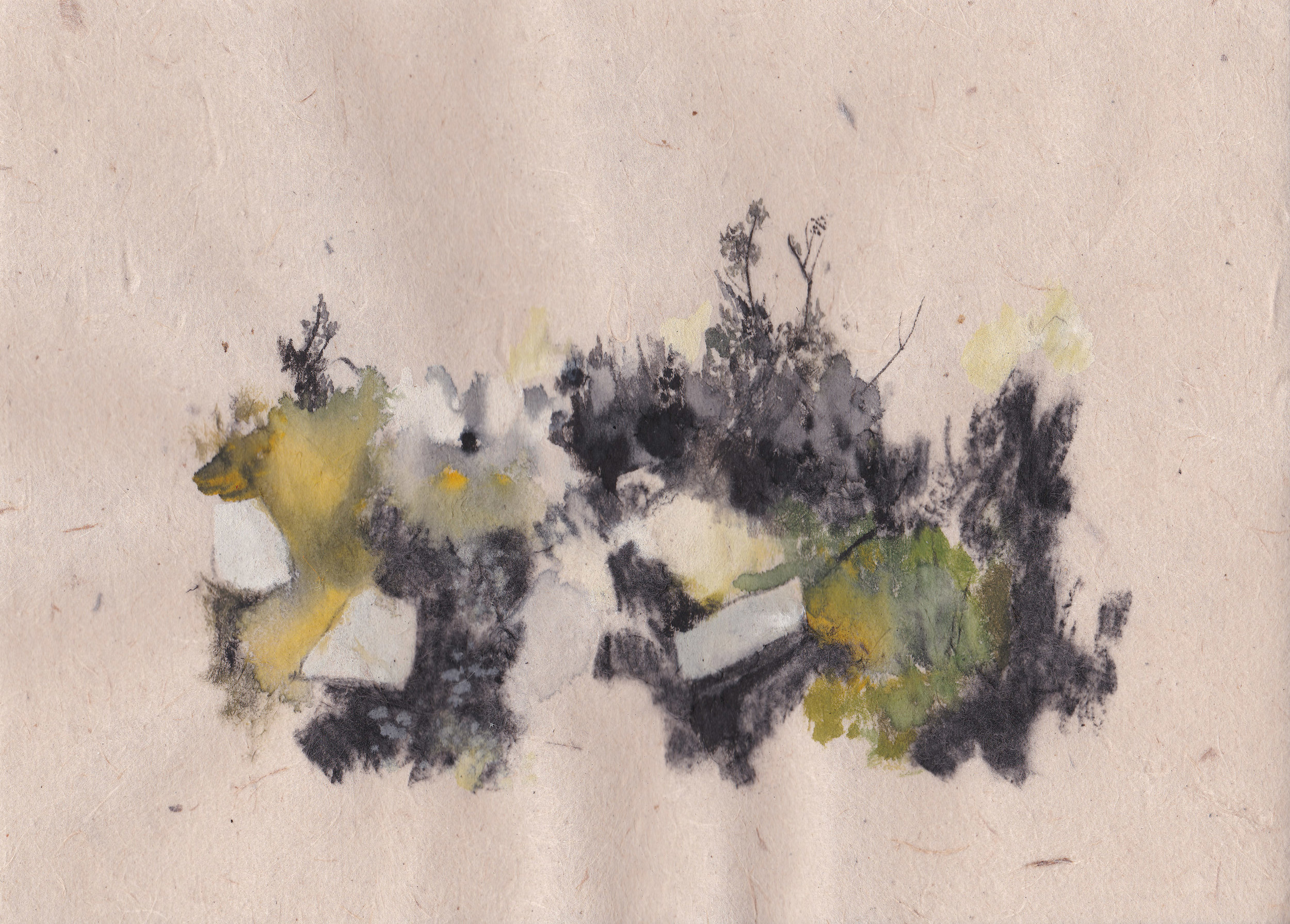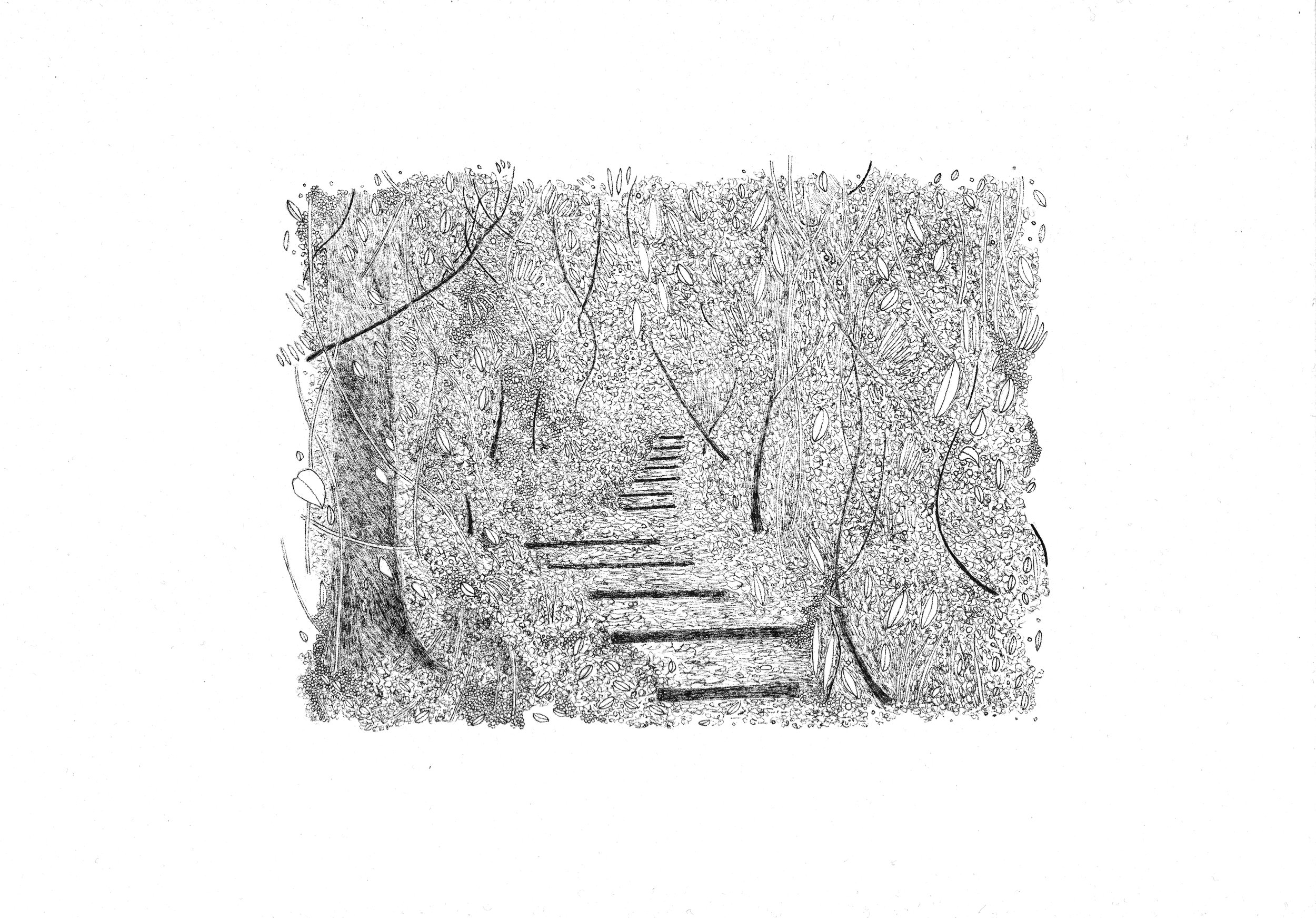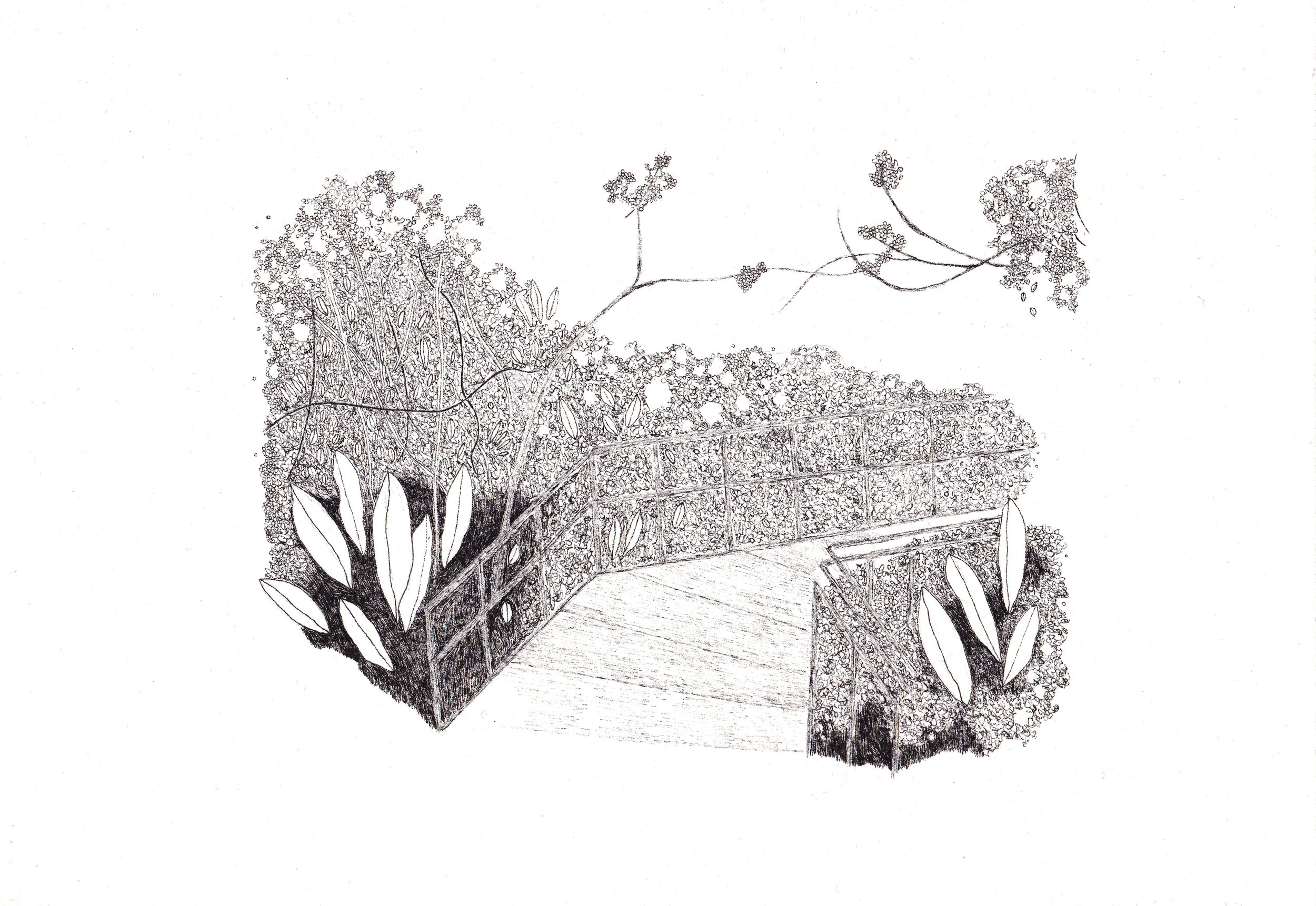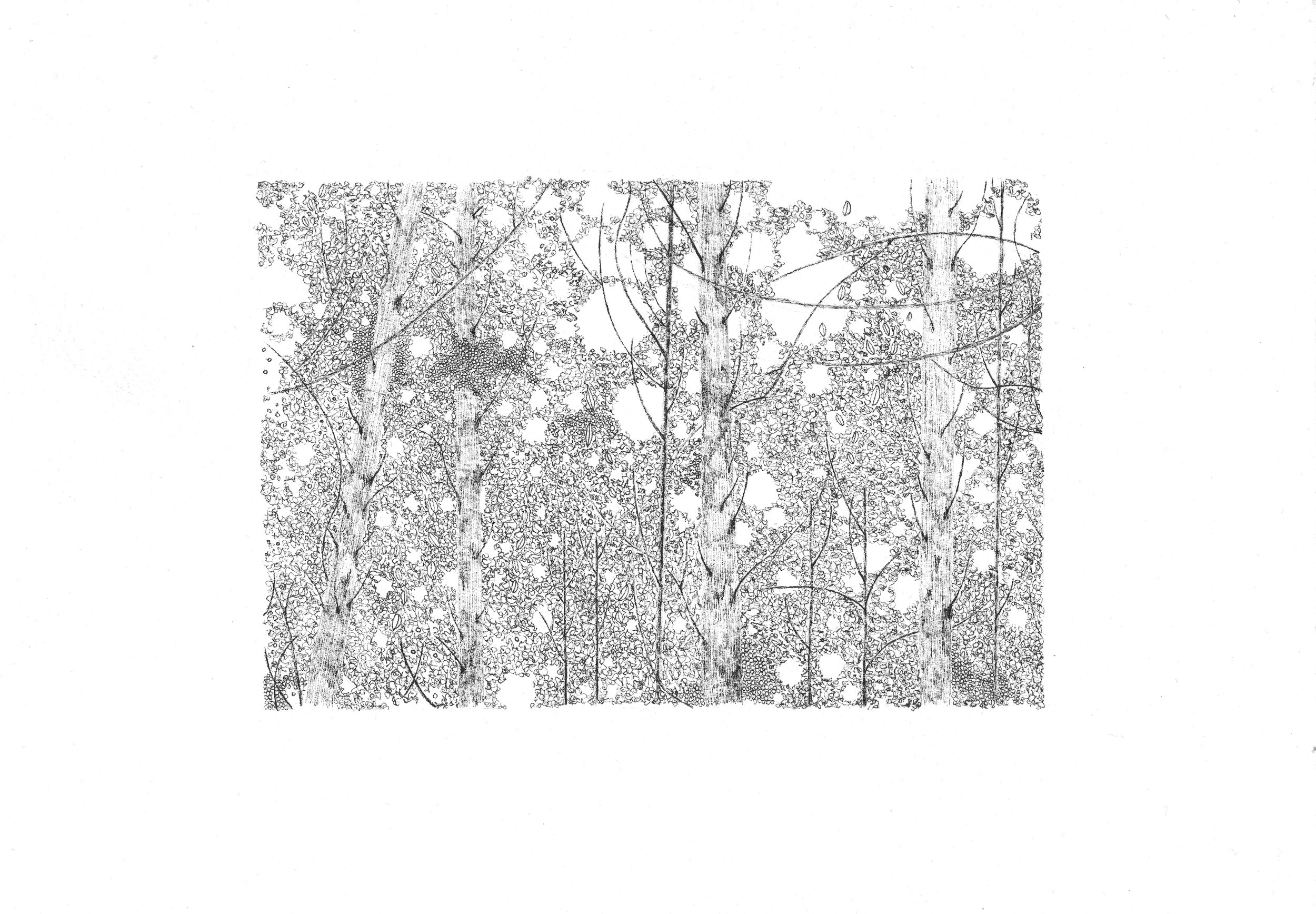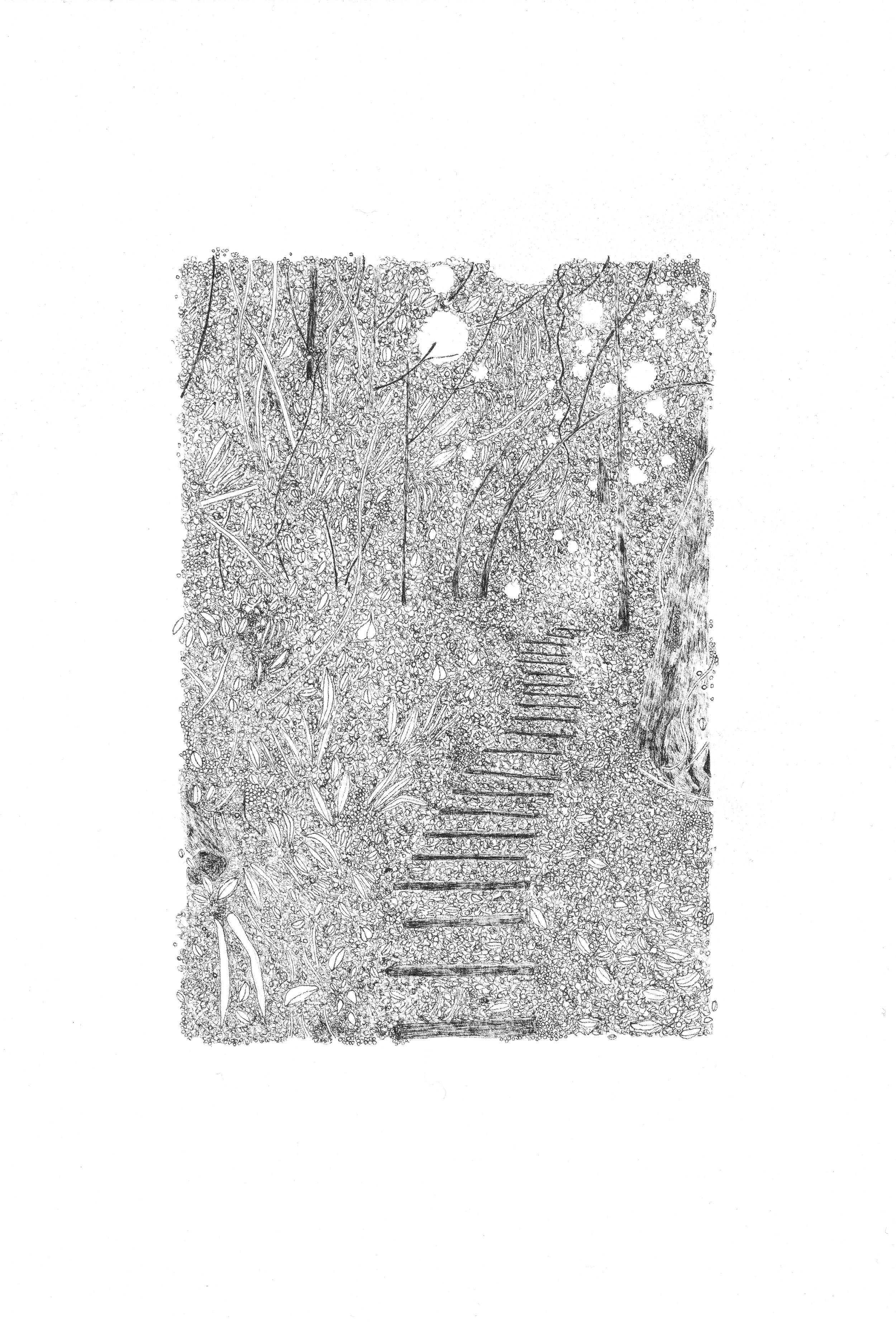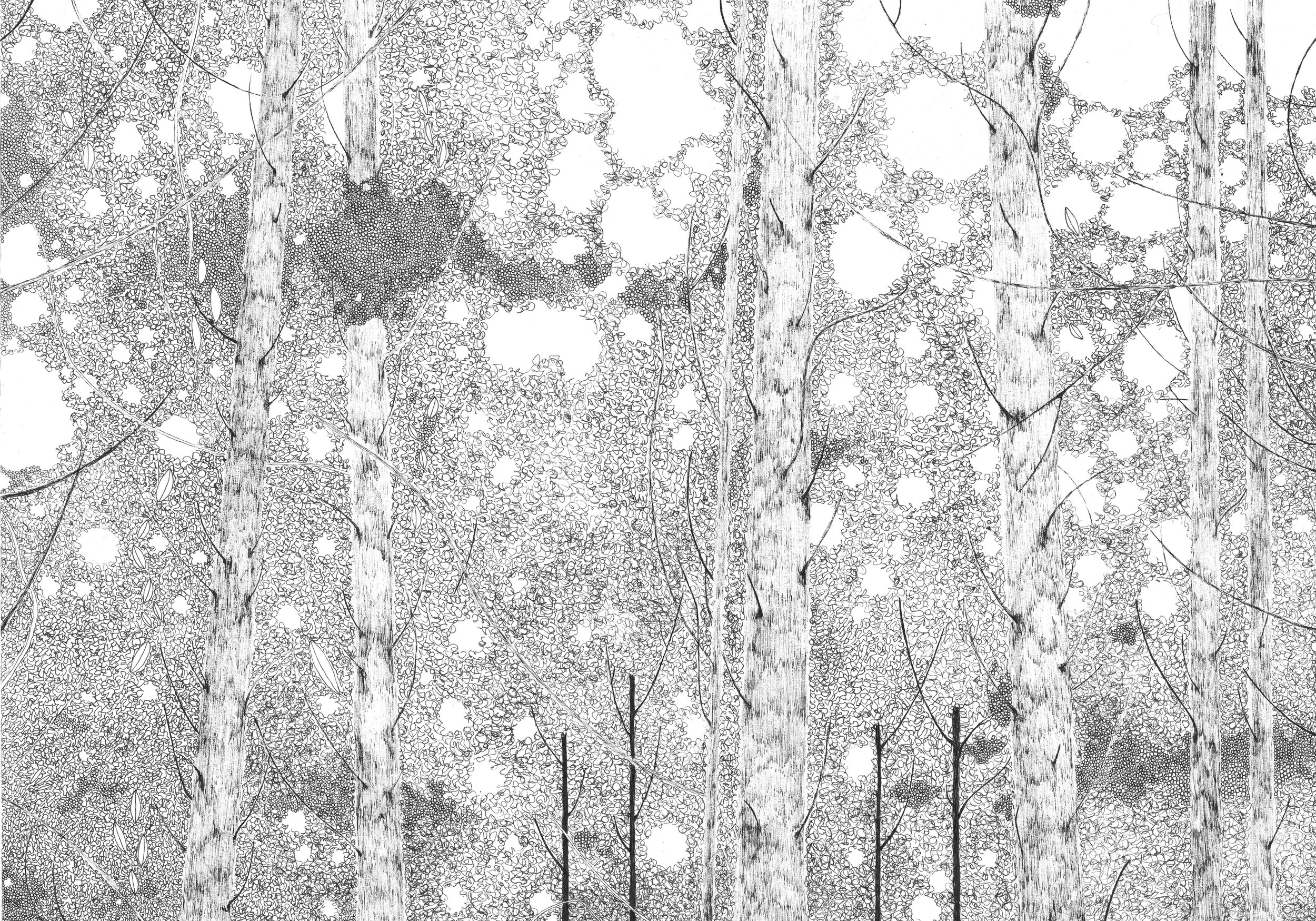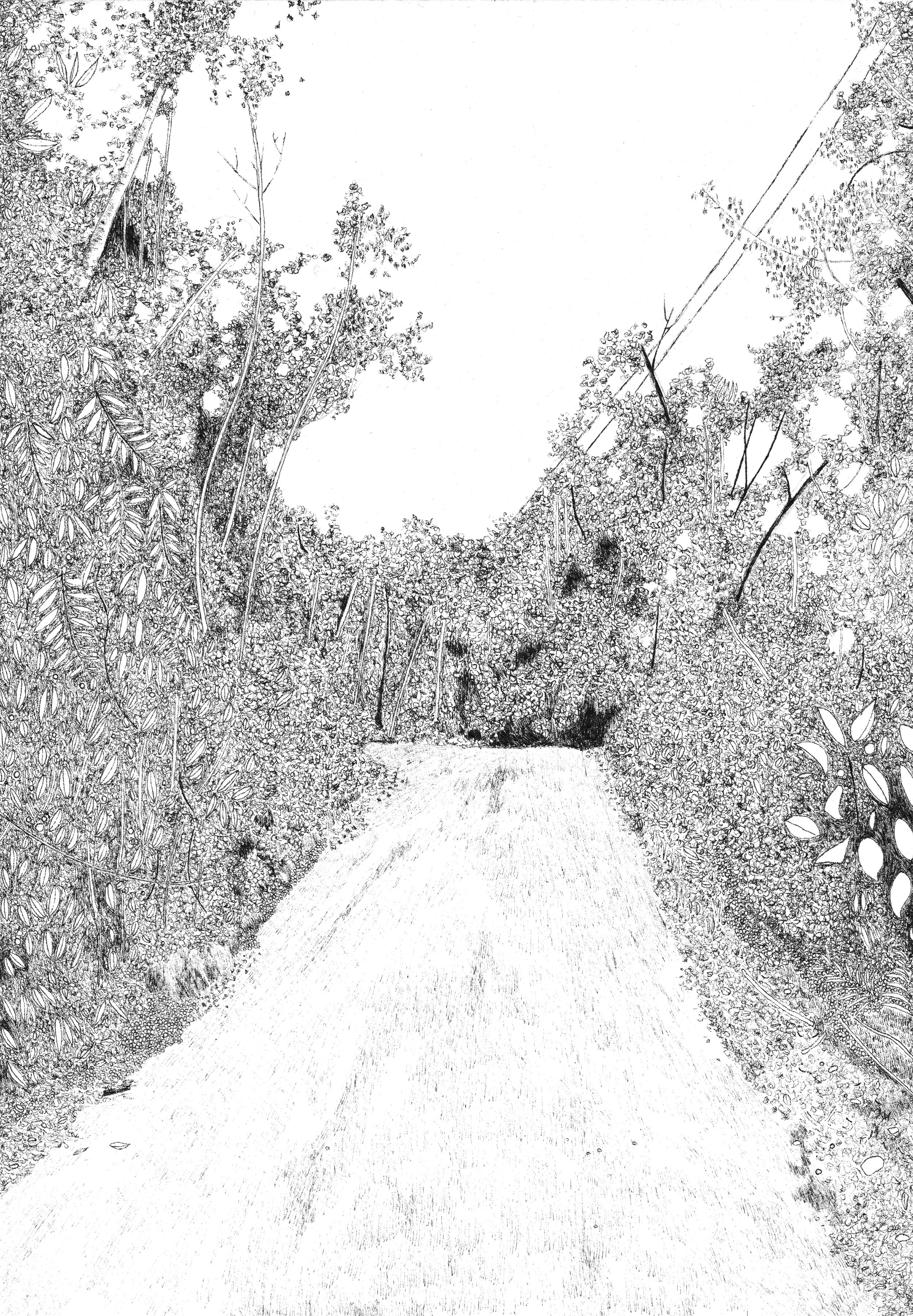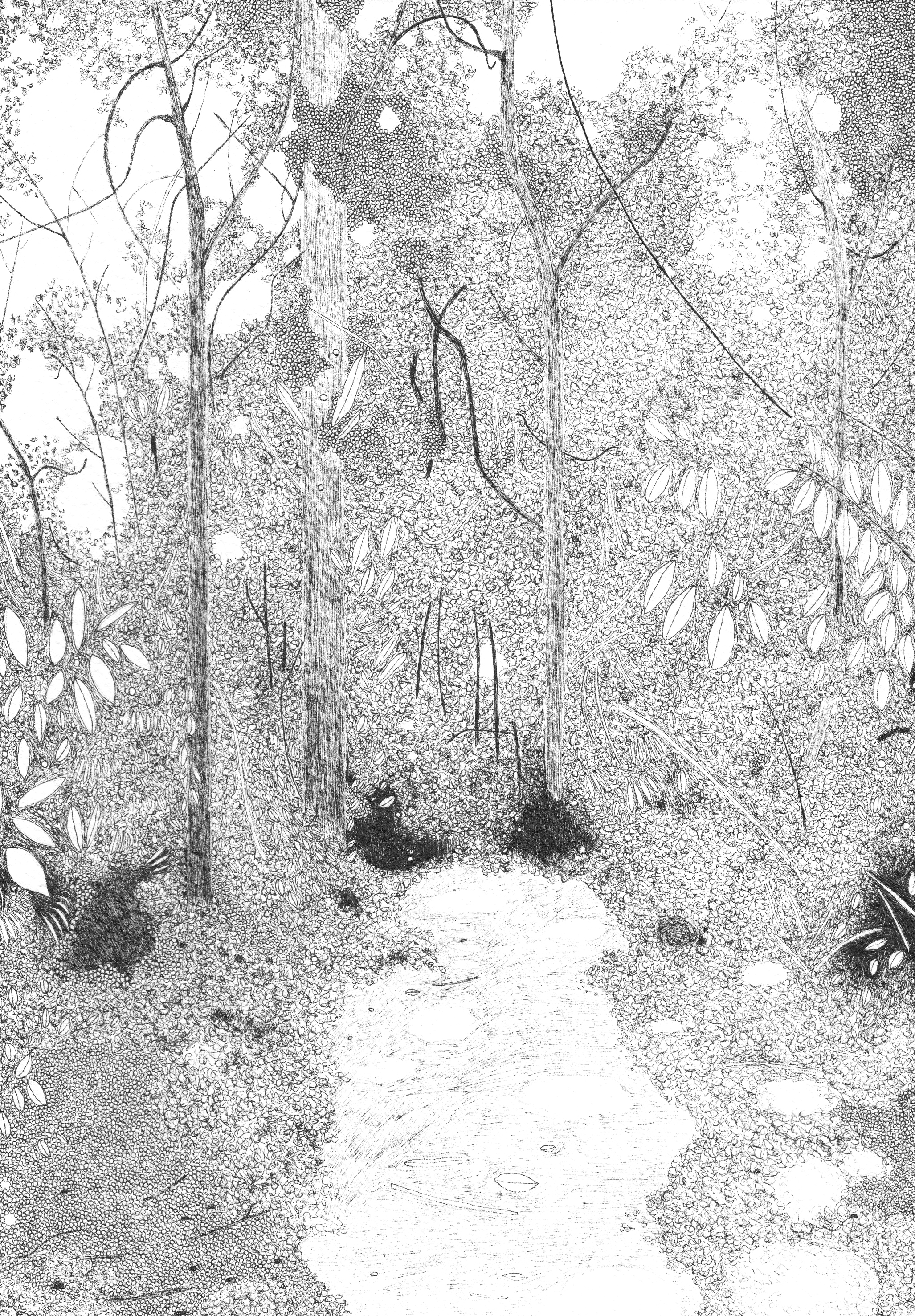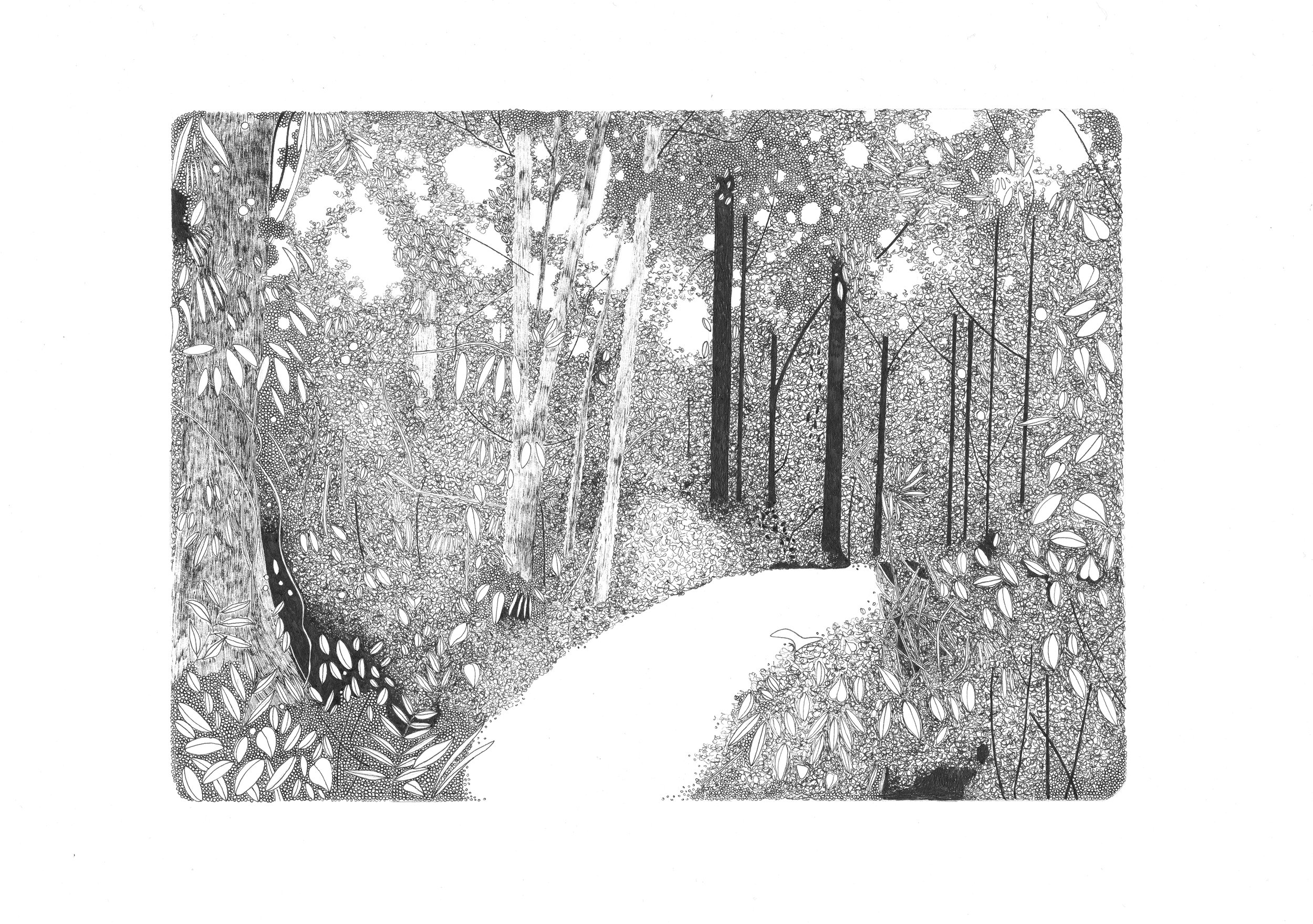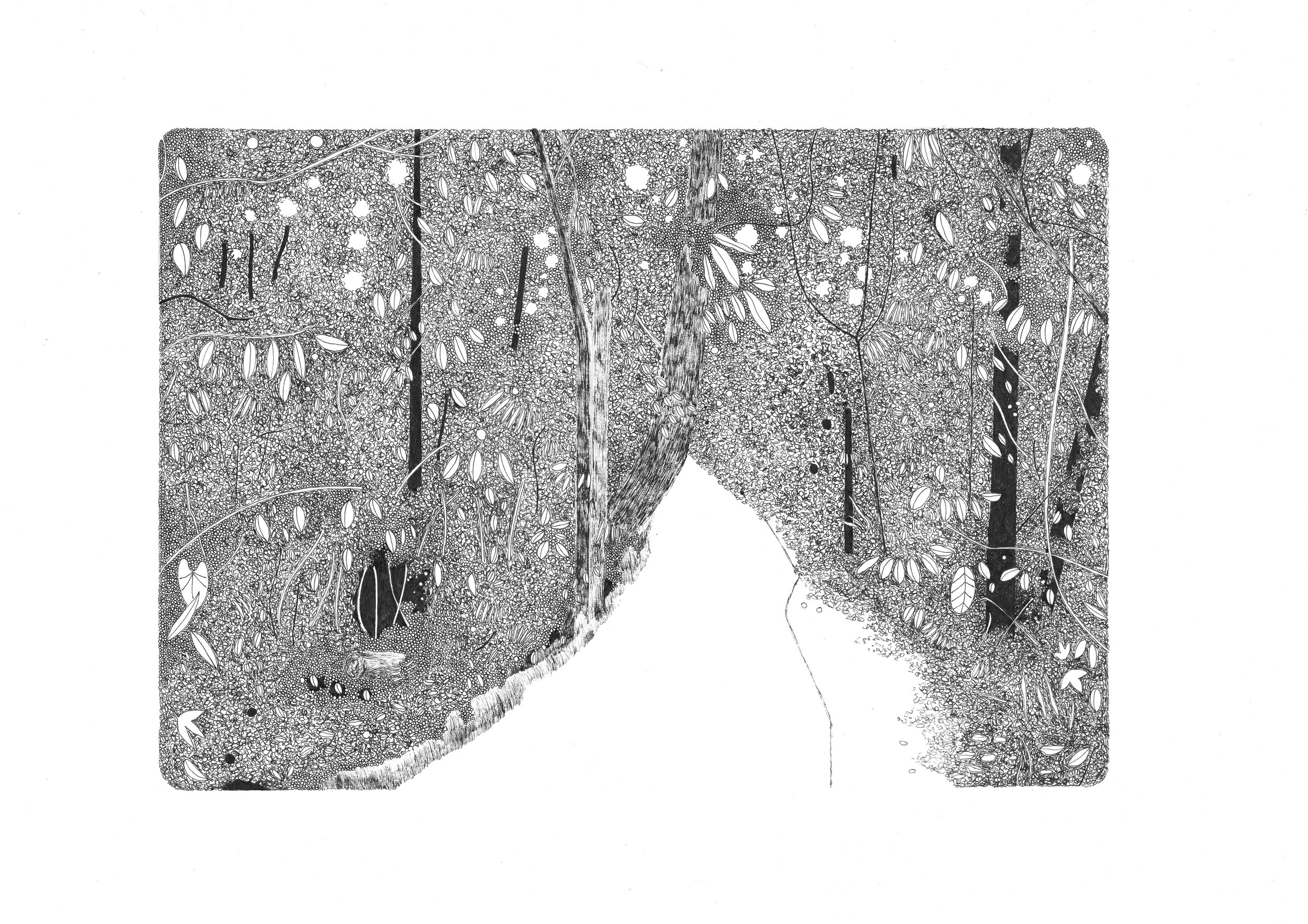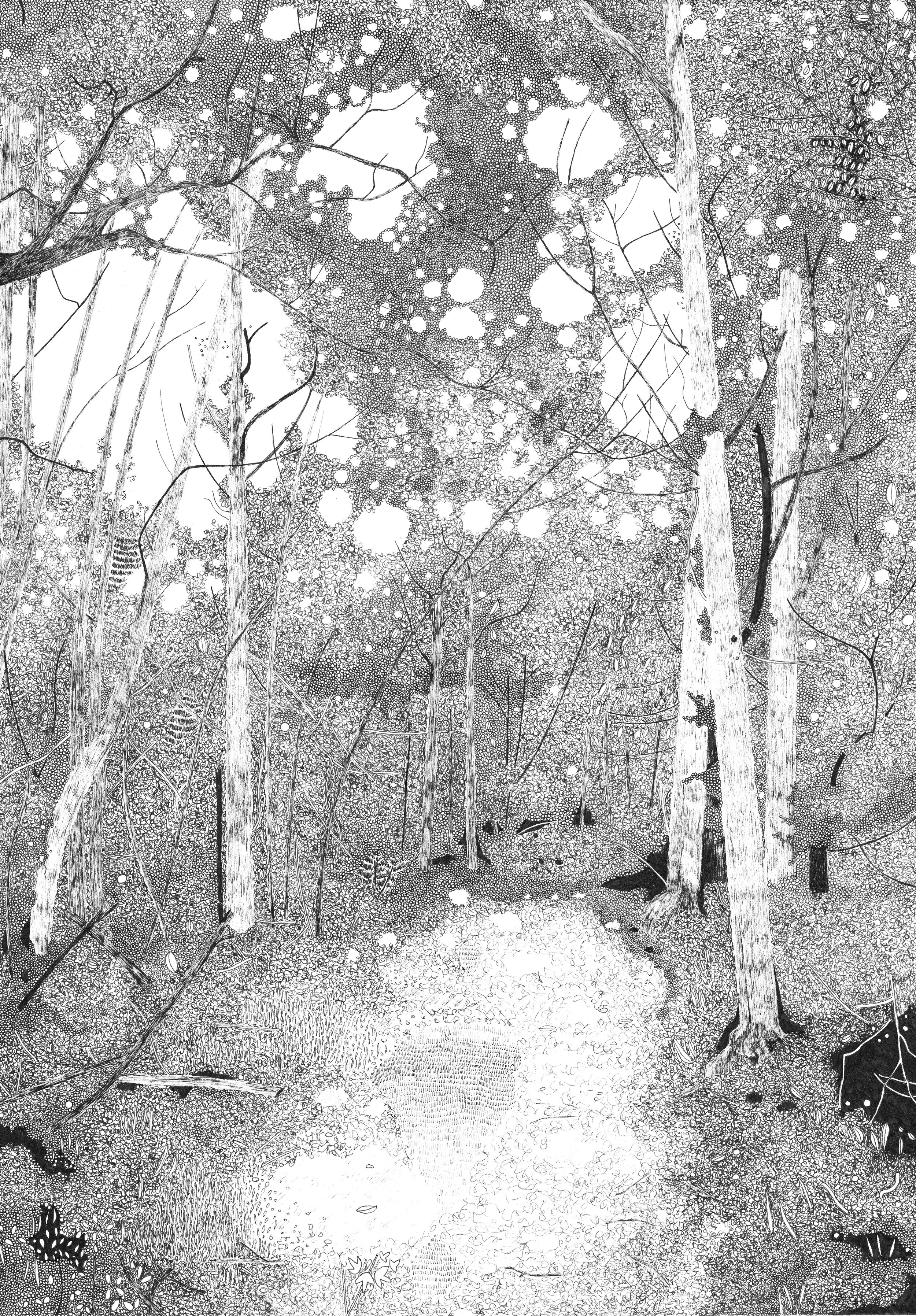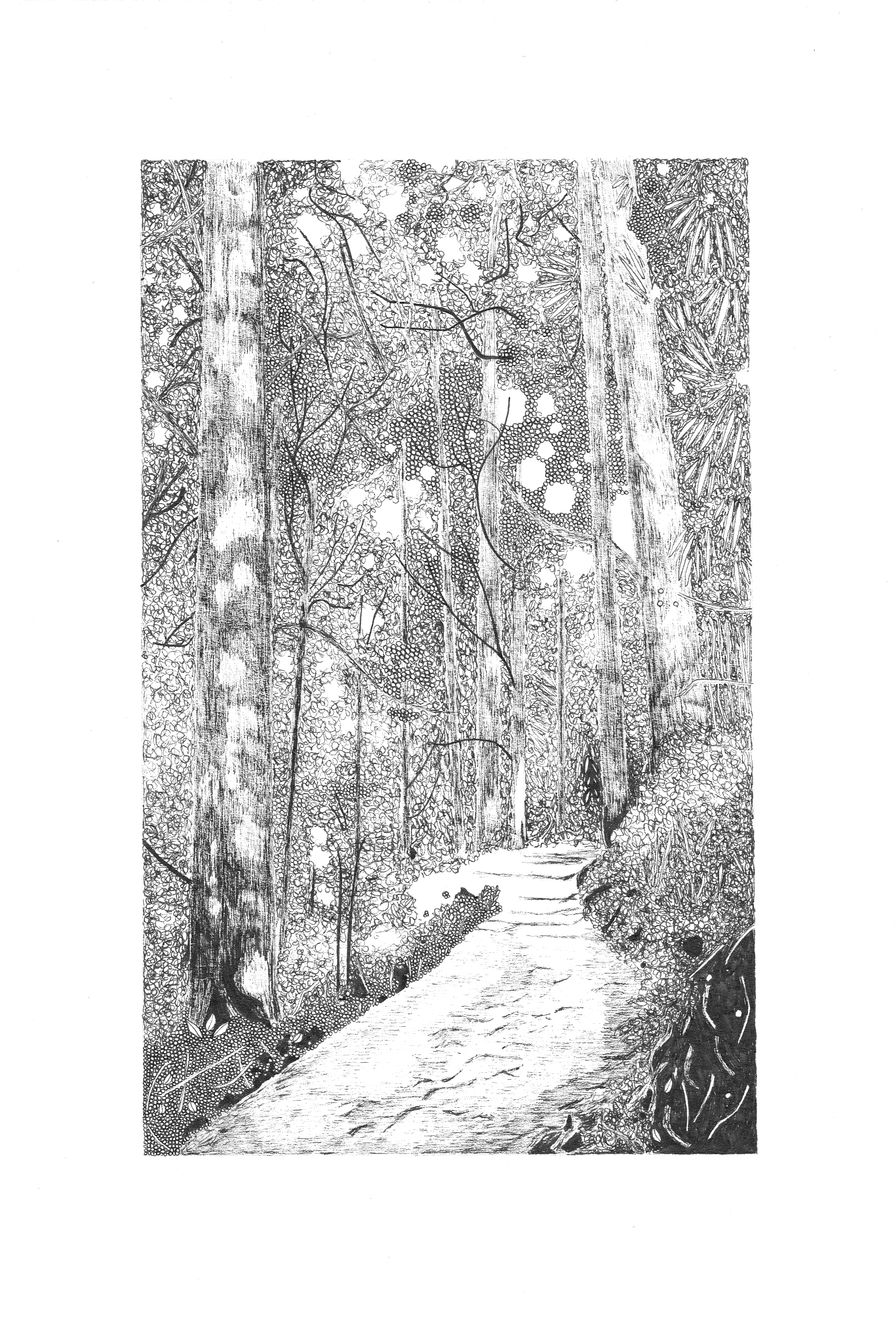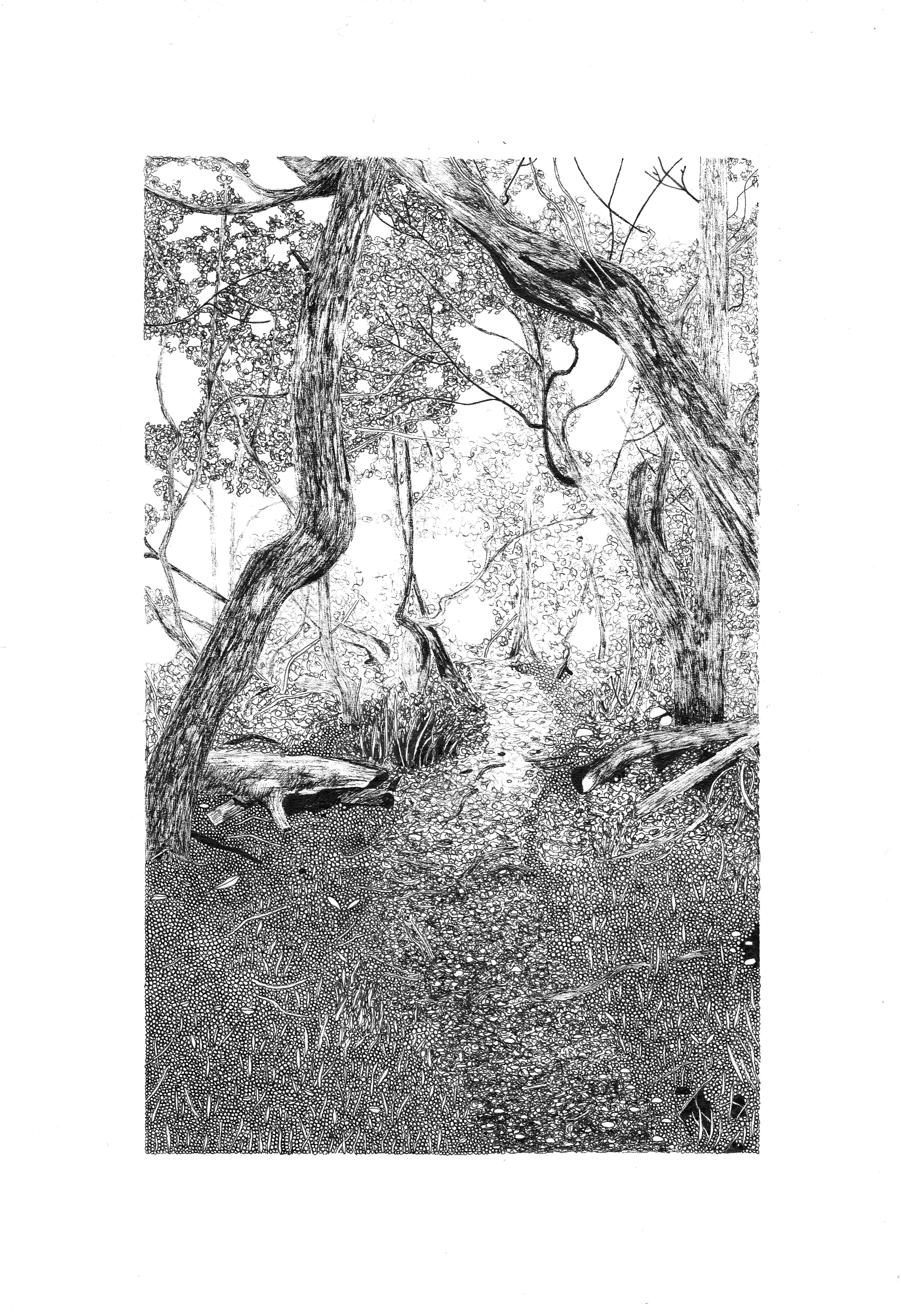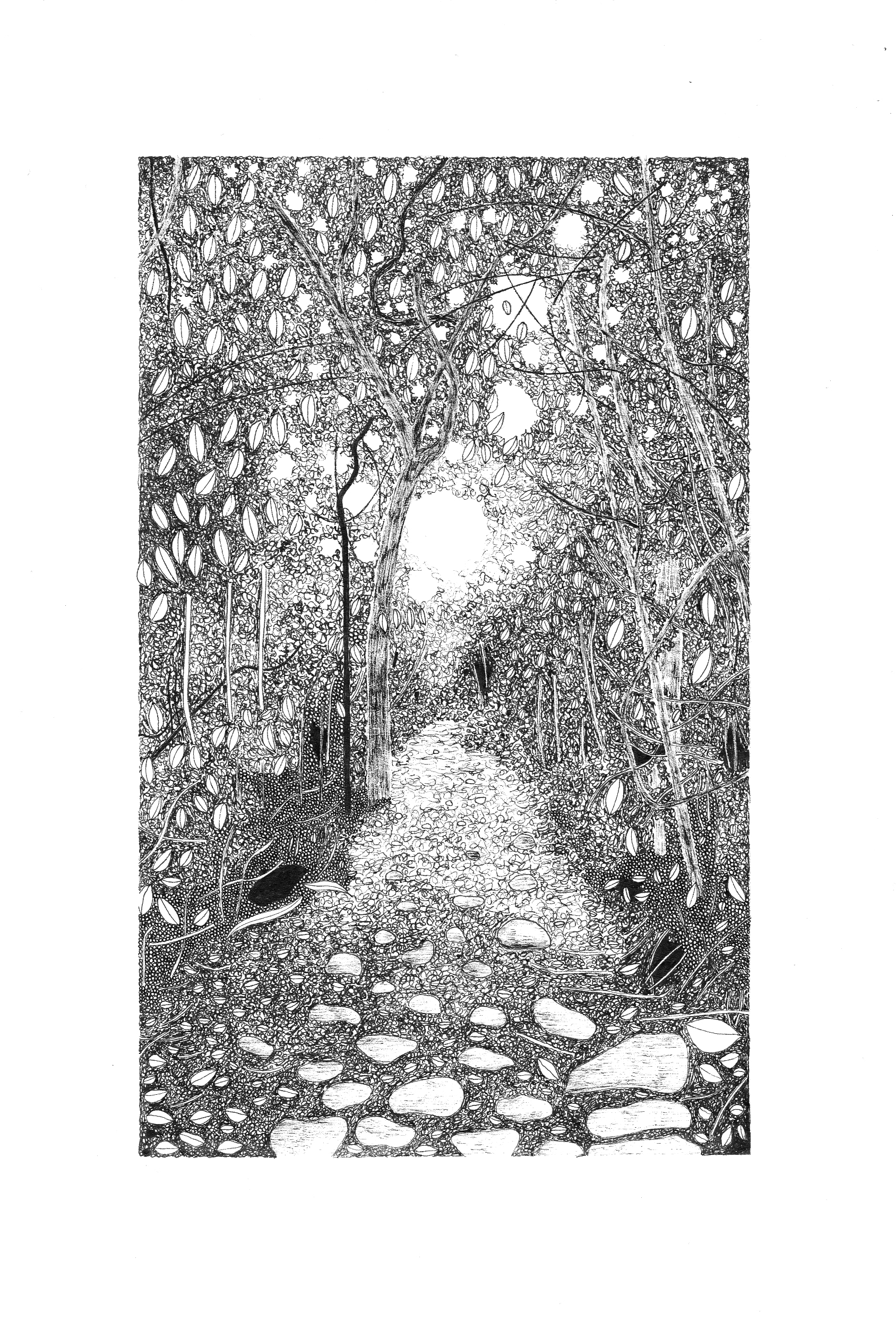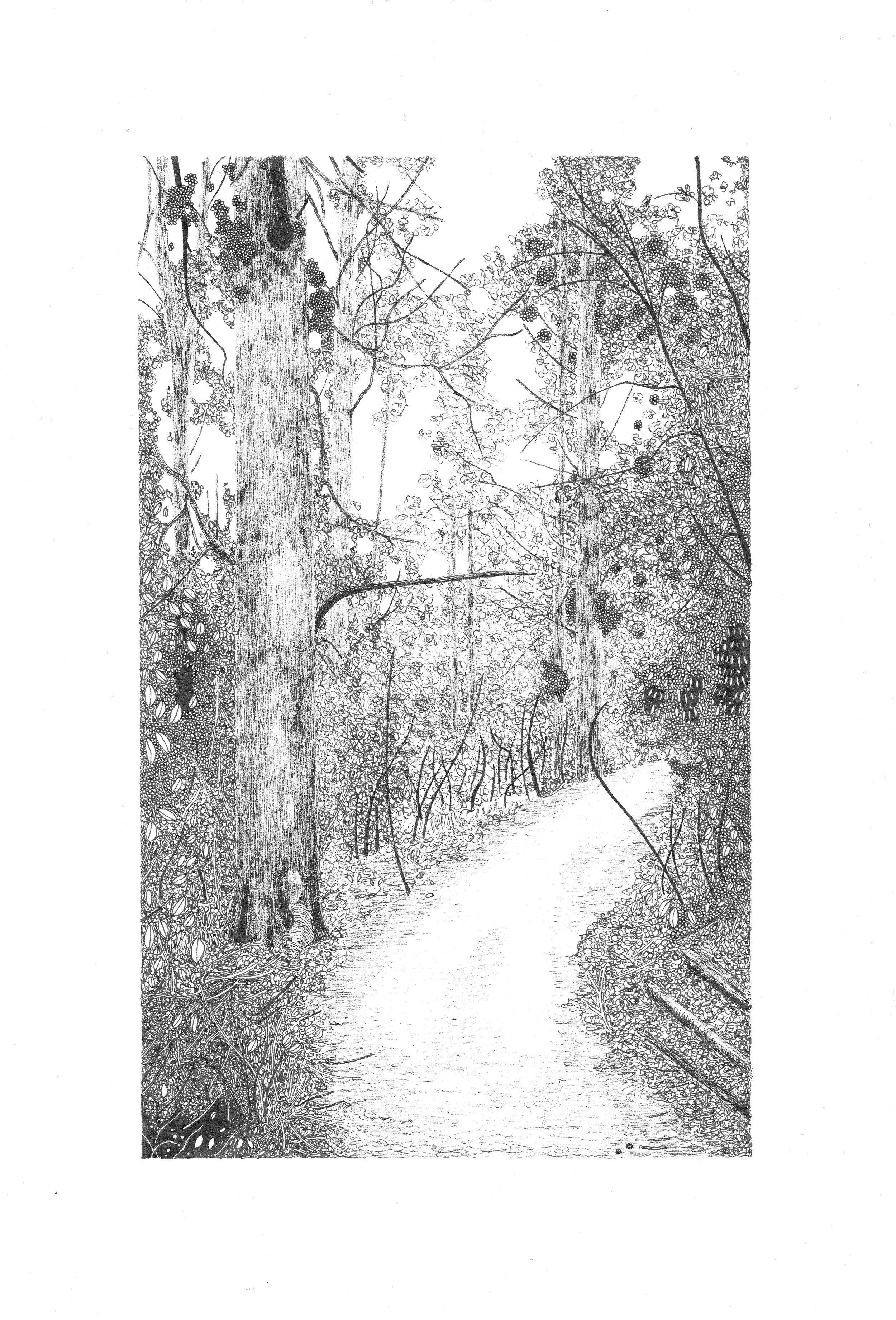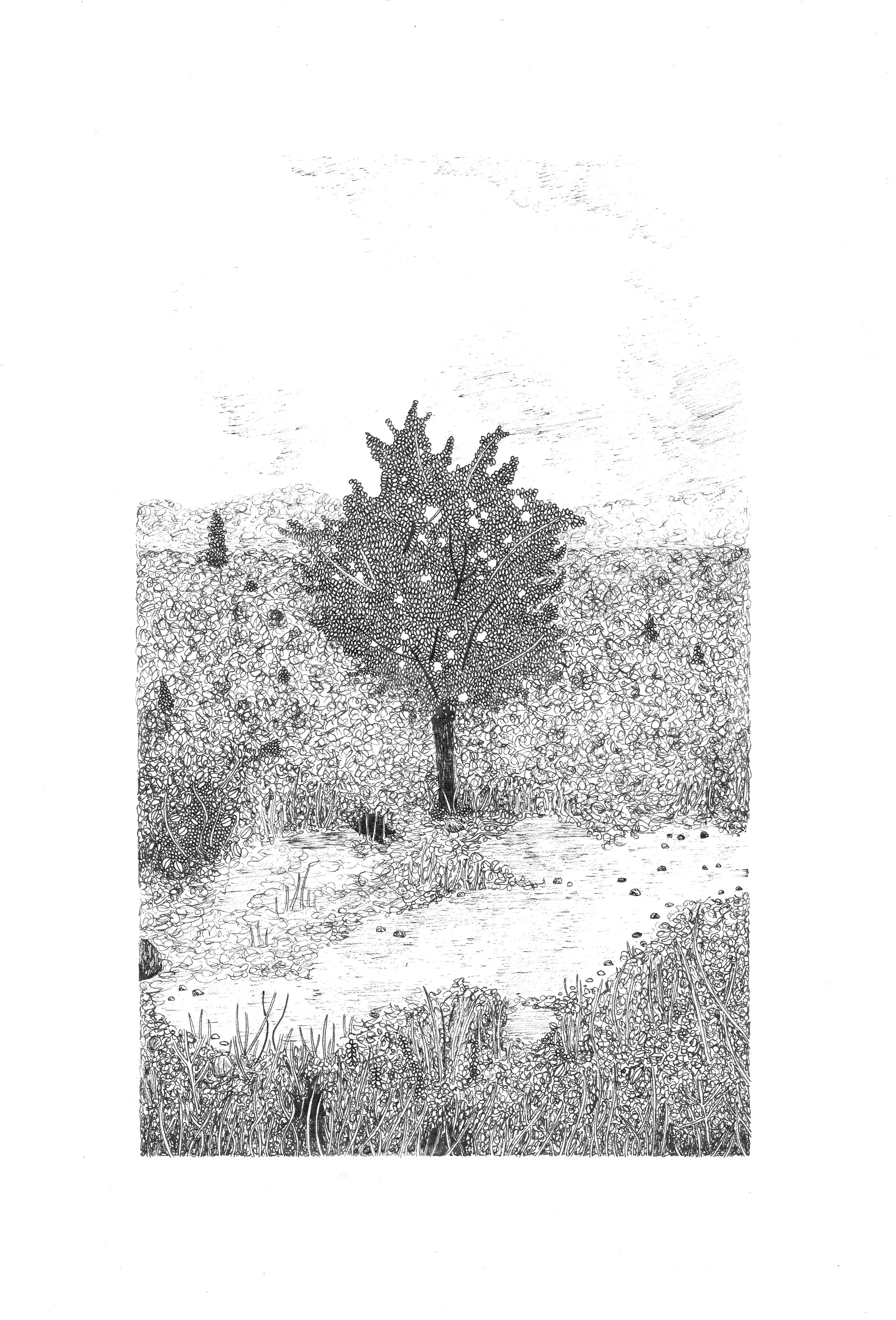I'm a curious type; I like to know what informs an artist. Who or what do they look to for inspiration? How do they work? Each month I will be asking an artist I admire a few questions, this month is Lucy Springall.
Bird of Paradise by Lucy Springall
Lucy, I became familiar with your work very recently. Your bright paintings and collages of deconstructed pool scenes were what first drew my eye. What inspired these vibrant pieces?
Until recently I lived 5 minutes from Brockwell Lido in South East London and found that going there always gave me an enormous sense of wellbeing. Being by the poolside reminds me of childhood summer visits to Finchley Lido (no longer in existence) and the escapism of holidays to sunny destinations. I think UK outdoor pools and lidos are really special places and really wanted to try and do some work inspired by them. I didn't want to just paint them as they were but rather try and capture the different common elements you find at the pool. I was also admiring a lot of work with strong graphic design elements at the time so I tried to use this to arrange the various imagery. As well as taking photographs and drawing on location I also researched well-known artists that had used the swimming pool as a muse for their work. Hockney is an obvious inspiration but I particularly took inspiration from Claes Oldenburg's Pool Shapes (1964) and the simplicity of his design.
Bunting by Lucy Springall
Rubber Ring by Lucy Springall
Until last year your practice explored physical and mental health themes, I'm curious to know what your art practice involved and what caused you to change direction?
Yes thats right. It was and still is a theme close to my heart and I hope to eventually incorporate some of these elements into my more recent work. I guess, looking back, I've struggled with my mental health since I was a teenager. My way of dealing with it was to run from it and to work harder and faster in order to chase an elusive 'happiness'. It caught up with me in early 2010 in the form of a physical burnout and then again in 2013 as a period of extreme anxiety and depression. What surprised me was how physical the illness was, it was like my fight or flight response was switched on all the time for 6 months! When I recovered and returned to full time work I felt passionate about reducing the stigma of mental illness and also raising the awareness of just how much of a physical illness it is. I started doing art again at about the same time and undertook a 2 year part time fine art course at City Lit, the second year of which is developing your own personal project. I started to look at 'self-comforting repetitive behaviours' that we all use, such a foot tapping, pacing etc. through performative mark-making. My tutor encouraged me to go bigger and really exaggerate these behaviours so I got a life model in who luckily happened to be an artist and dancer herself and directed her to produce a series of large scale artworks whilst I videoed and photographed her. It was a really fun and freeing process and not one I'd ever thought I'd do! I really wanted to be a painter though so I tried to take the process back into more of a formal painting which was my final piece for the course. Around the same time as the course ended I was offered voluntary redundancy at work. I could see that the office was going to close and I really wanted to have more time for my art so I took the leap. I continued for a while along a similar theme with my art and looked at doing an MA but decided that as it was so early on in my art journey I wanted some time to explore other themes and experiment with other ways of working. That's when I started the swimming pool inspired work. It was tough as I had a clear why and message behind my previous work but sometimes you just have to follow your instincts. I'm now working on more botanical inspired pieces and I've found doing them so relaxing that I've realised the mental health theme carries through. This is something I'm really keen to explore with my work in the future - the relationship between nature, greenery and mental health.
Lament 4 by Lucy Springall
Lament 3 by Lucy Springall
Do you have a preferred method of creating work or is experimentation key to your practice?
It's so early on in my art career that I've yet to settle into a preferred method of working. At the moment my way of working depends very much on the project I'm working on. I do tend to 'projectise' my work as I think its important to explore one subject or methodology for a significant chunk of time before moving on to another. Although it's important to allow time for play too, especially if you're feeling a bit stuck or have lost the joy in what you are doing. With my current work I'm enjoying the contrast between quieter calmer watercolour painting where I sit down to create, often with a cup of tea and a podcast playing, and more vigorous acrylic and oil painting which I do standing up or on the floor in quite a physical way. When I start a project I often, but not always, research other artists and do a lot of sketchbook work to feel out the idea. I've just started a one year (one day a week) advanced painting course and really hope that this will push my acrylic and oil painting to another level.
Recent Botanical Inspired Work by Lucy Springall
Recent Botanical Inspired Work by Lucy Springall
Tell me about your studio or creative space.
I am lucky that I have my own studio space in Lewisham, SE London. It's within the Bow Arts run Leegate House studios and is part of the Leegate Centre in Lee Green that has been earmarked for demolition and redevelopment. As it's a temporary let the studios are relatively affordable compared to other studios across London. The old building does mean that the heating and ventilation is often a bit wild! I'm on the 7th floor and so have great views across SE London. I only moved in towards the end of last year and have been steadily making it feel like home. I got a plan chest from a friend of a friend which needed quite a lot of TLC so I took some time to restore it. I also have a steadily growing collection of plants that I use for inspiration. My studio is either super tidy or totally chaotic depending on where I am with a project! We have a shared kitchen where I make endless cups of tea which often go cold whilst I'm working. It's nice to be able to speak to the other artists in the studio and the Leegate community of small businesses are also really lovely.
Plantation Palm by Lucy Springall
Plantation Palm by Lucy Springall
What artists (living or dead) inspire you?
This is a tough one as so many different artists inspire me! Currently I'm inspired by the lush greenery paintings of Hurvin Anderson who uses both the Caribbean jungle and UK parks as source material. Jonas Wood is another one, particularly his large scale potted plant paintings - the plants have so much character! I also follow a lot of early career artists on Instagram - Tamara Dubnyckyi has a great sense of composition and space and Lucy Smallbone uses such luminescent colour combinations and mark making.
I love learning random facts about people, tell me three things about yourself.
1. I previously worked as a Lead Exploration Geoscientist within the oil industry
2. My husband and I love to wild camp and we spent New Year 2017 halfway up a fell in a cave - it was freezing!!!
3. I'm a total water baby and will swim pretty much anywhere. I once swam(ish) in a Greenlandic Fjord where there were icebergs in the distance!
Finally, where can people follow your work online?
My most recent work can be seen on Instagram @LucySpringallStudio. My website (in need of a little updating) is www.lucyspringall.com. I sell my work online via Etsy. I am also sporadically on Twitter @lucyspringallstudio
Thank you to Lucy for agreeing to be part of my interview series. It’s fascinating to learn how an artist is inspired and how one project leads in to another. I’m also quite jealous of Lucy’s studio situation, I really miss the community of artists I had around me in a shared studio. Please take a look at Lucy’s Etsy store as she has many affordable original paintings for sale.
If you'd like to take part in my artist interviews series then please do get in touch at claireleanneleach@gmail.com.
If you enjoyed reading then please click the heart at the bottom, share or better still leave me a comment, I love reading them. ❤️

















